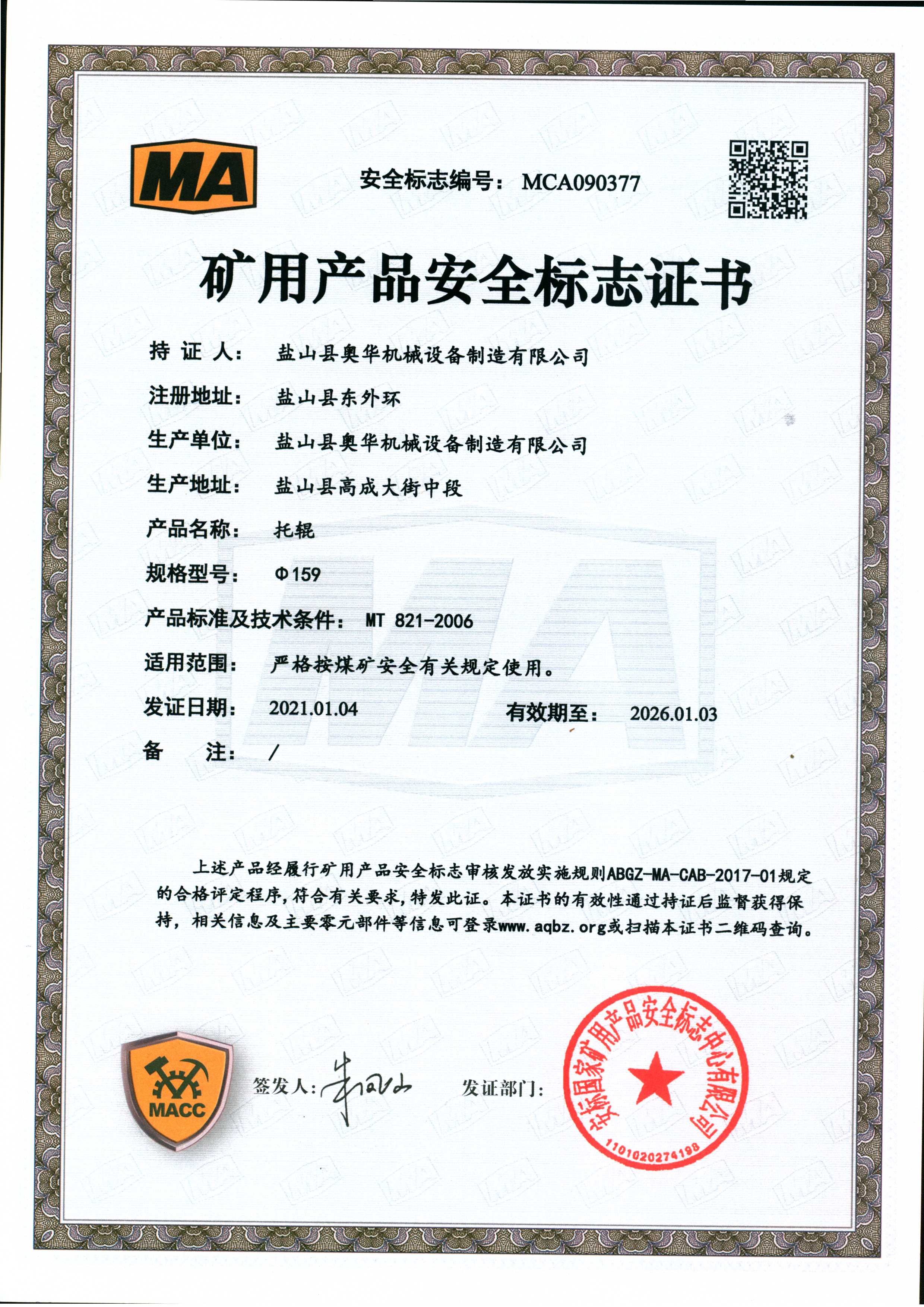 Afrikaans
Afrikaans  Albanian
Albanian  Amharic
Amharic  Arabic
Arabic  Armenian
Armenian  Azerbaijani
Azerbaijani  Basque
Basque  Belarusian
Belarusian  Bengali
Bengali  Bosnian
Bosnian  Bulgarian
Bulgarian  Catalan
Catalan  Cebuano
Cebuano  Corsican
Corsican  Croatian
Croatian  Czech
Czech  Danish
Danish  Dutch
Dutch  English
English  Esperanto
Esperanto  Estonian
Estonian  Finnish
Finnish  French
French  Frisian
Frisian  Galician
Galician  Georgian
Georgian  German
German  Greek
Greek  Gujarati
Gujarati  Haitian Creole
Haitian Creole  hausa
hausa  hawaiian
hawaiian  Hebrew
Hebrew  Hindi
Hindi  Miao
Miao  Hungarian
Hungarian  Icelandic
Icelandic  igbo
igbo  Indonesian
Indonesian  irish
irish  Italian
Italian  Japanese
Japanese  Javanese
Javanese  Kannada
Kannada  kazakh
kazakh  Khmer
Khmer  Rwandese
Rwandese  Korean
Korean  Kurdish
Kurdish  Kyrgyz
Kyrgyz  Lao
Lao  Latin
Latin  Latvian
Latvian  Lithuanian
Lithuanian  Luxembourgish
Luxembourgish  Macedonian
Macedonian  Malgashi
Malgashi  Malay
Malay  Malayalam
Malayalam  Maltese
Maltese  Maori
Maori  Marathi
Marathi  Mongolian
Mongolian  Myanmar
Myanmar  Nepali
Nepali  Norwegian
Norwegian  Norwegian
Norwegian  Occitan
Occitan  Pashto
Pashto  Persian
Persian  Polish
Polish  Portuguese
Portuguese  Punjabi
Punjabi  Romanian
Romanian  Russian
Russian  Samoan
Samoan  Scottish Gaelic
Scottish Gaelic  Serbian
Serbian  Sesotho
Sesotho  Shona
Shona  Sindhi
Sindhi  Sinhala
Sinhala  Slovak
Slovak  Slovenian
Slovenian  Somali
Somali  Spanish
Spanish  Sundanese
Sundanese  Swahili
Swahili  Swedish
Swedish  Tagalog
Tagalog  Tajik
Tajik  Tamil
Tamil  Tatar
Tatar  Telugu
Telugu  Thai
Thai  Turkish
Turkish  Turkmen
Turkmen  Ukrainian
Ukrainian  Urdu
Urdu  Uighur
Uighur  Uzbek
Uzbek  Vietnamese
Vietnamese  Welsh
Welsh  Bantu
Bantu  Yiddish
Yiddish  Yoruba
Yoruba  Zulu
Zulu Understanding the Functionality and Benefits of Conveyor Impact Bars in Material Handling Systems
Understanding Conveyor Impact Bars A Key Component in Material Handling
Conveyor impact bars are critical components in material handling systems, designed to protect the conveyor belt and enhance its durability. When moving heavy loads or materials, the impact of materials falling onto the conveyor can cause significant wear and tear. This is where impact bars come into play, acting as a cushioning barrier that absorbs and distributes the force of incoming materials.
What Are Conveyor Impact Bars?
Conveyor impact bars are typically made from high-density rubber or polyurethane materials. These materials are chosen for their ability to withstand harsh conditions, provide excellent energy absorption, and resist abrasion. The design of impact bars allows them to fit seamlessly into a conveyor system, usually positioned at the loading zone where materials initially come into contact with the conveyor belt.
Functionality and Benefits
The primary function of impact bars is to minimize the impact force when materials drop onto the conveyor. By absorbing energy and reducing shock loads, impact bars significantly decrease the risk of damage to the conveyor belt. This protection helps in prolonging the life of conveyor systems and reducing maintenance costs.
Apart from cushioning the impact, these bars help in keeping the conveyor belt aligned and operational. They also assist in reducing noise levels, making conveyor systems quieter and more efficient during operation. Additionally, impact bars can prevent spillage of materials, ensuring that the handling process remains clean and reduces waste.
conveyor impact bar

Applications in Various Industries
Conveyor impact bars are widely utilized in various industries, including mining, bulk material handling, aggregate, and recycling. In mining operations, for instance, they protect conveyor systems from the heavy loads and rough materials typically encountered. In the aggregate industry, where large rocks and gravel are processed, impact bars are essential for maintaining the integrity of conveyor belts.
In recycling facilities, where materials can be irregular and unpredictable, the cushioning effect of impact bars is crucial for efficient processing. The versatility of impact bars makes them indispensable in ensuring that conveyor systems operate smoothly across different sectors.
Choosing the Right Impact Bars
Selecting the appropriate impact bar is vital for maintaining operational efficiency. Factors to consider include the type of material being conveyed, the weight of the load, and the specific conditions of the work environment. Quality impact bars should offer excellent wear resistance, flexibility, and the ability to absorb shock effectively.
Conclusion
Conveyor impact bars are more than just protective elements; they are essential for the longevity and efficiency of conveyor systems. By understanding their importance and functionality, companies can invest in robust material handling solutions that enhance productivity and safety. As industries continue to evolve, the demand for high-quality conveyor components like impact bars will remain a key focus, driving innovation and improvement across the sector.
-
Revolutionizing Conveyor Reliability with Advanced Rubber Lagging PulleysNewsJul.22,2025
-
Powering Precision and Durability with Expert Manufacturers of Conveyor ComponentsNewsJul.22,2025
-
Optimizing Conveyor Systems with Advanced Conveyor AccessoriesNewsJul.22,2025
-
Maximize Conveyor Efficiency with Quality Conveyor Idler PulleysNewsJul.22,2025
-
Future-Proof Your Conveyor System with High-Performance Polyurethane RollerNewsJul.22,2025
-
Driving Efficiency Forward with Quality Idlers and RollersNewsJul.22,2025





























